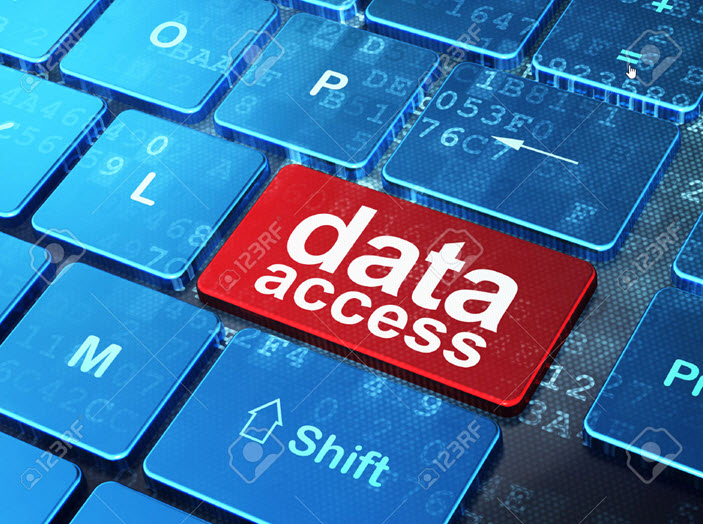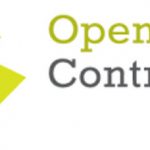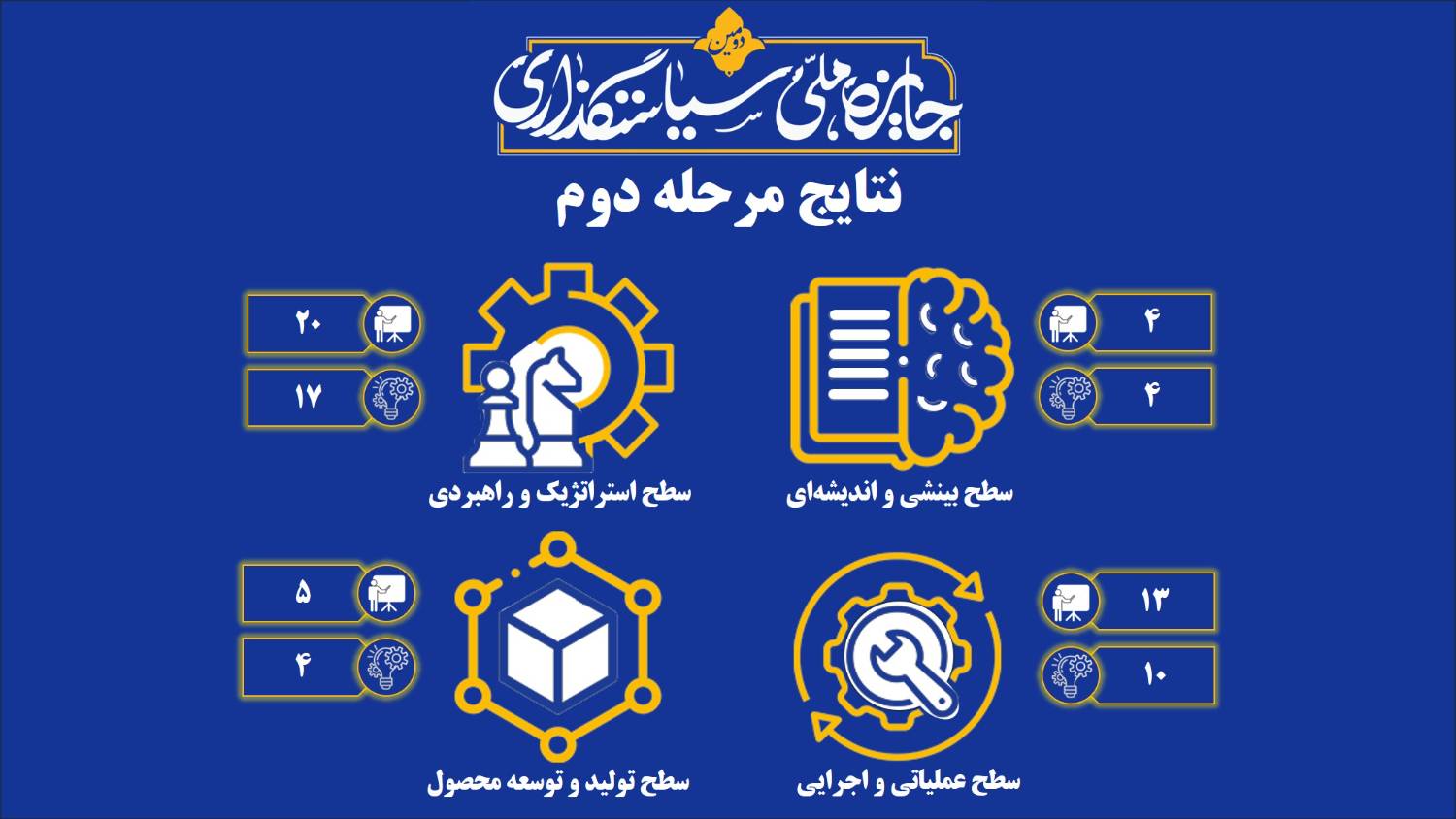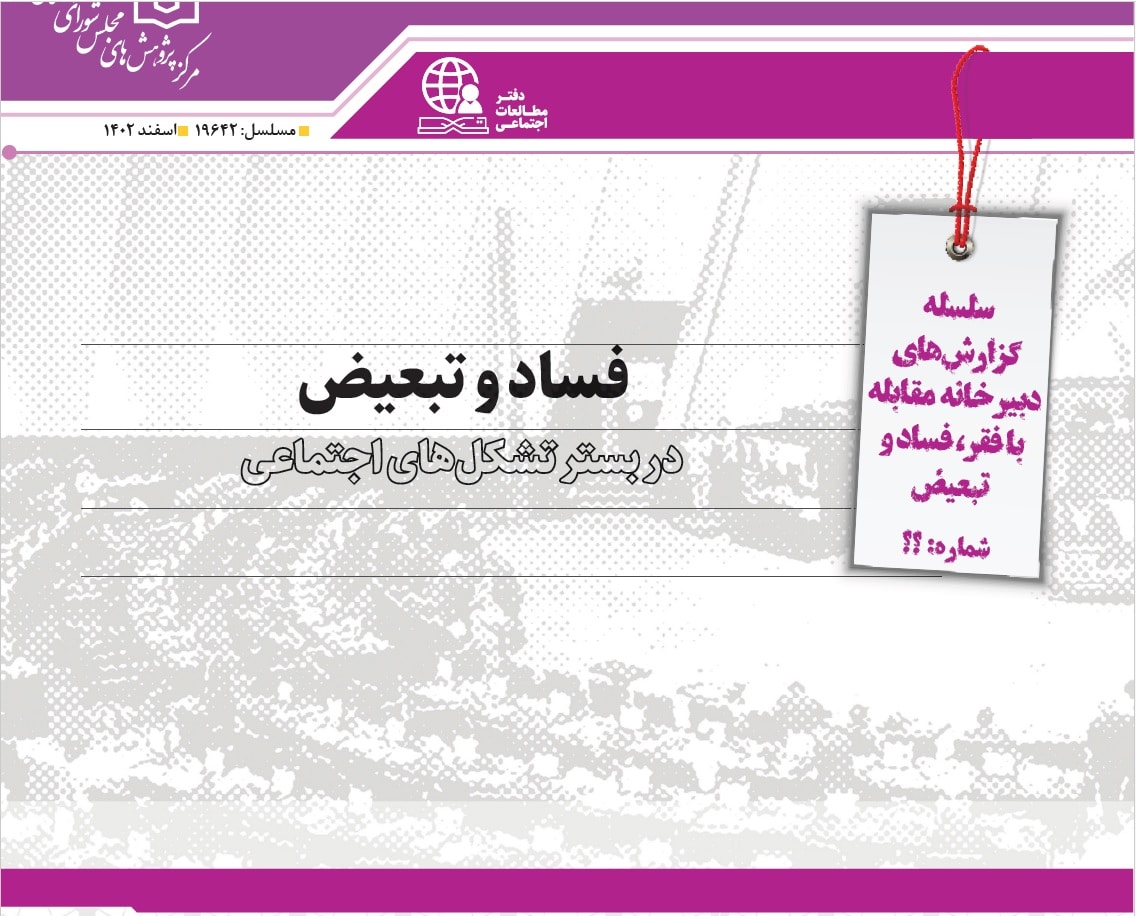سند دسترسی به اطلاعات و شفافیت در قوه قضائیه با بررسی برترین تجارب آمریکای لاتین در حوزه دسترسی به اطلاعات و شفافیت قوه قضائیه، پیشنهاداتی عملی را در این زمینه ارائه مینماید.
صفحه حاوی این سند در وبگاه بانک جهانی:
Access to Information and Transparency in the Judiciary
یا دانلود مستقیم این سند:
چکیده اجرایی و فهرست مطالب این سند در ادامه مطلب
فهرست مطالب
This document includes a compilation of practices intended to promote access to information and transparency in the various areas of operation of the justice system, in particular the Judiciary, promoting an operation that is more democratic and open to citizens. To this end, we approached the analysis by taking into account two dimensions: access to information and transparency regarding the administrative functioning of the Judiciary, as well as its jurisdictional functions.
Sections 3 and 4 include an introduction to the context in which the Judiciary operates in Latin America, identifying the most relevant challenges it faces. Among other challenges, are the lack of public trust in judicial institutions and their distancing from society. The potential for access to information and transparency reforms to help reverse that situation are high lighted. Also, emphasis is placed on the contribution of these reforms to foster both the independence and the accountability of the Judiciary, and thus enhance its role in a broader governance context.
Section 5 analyzes access to various categories of information related to the administrative operation of the Judiciary. Among others, some of those highlighted include access to information and transparency in budget, procurement, and expenses. There is also an analysis of the importance of providing access to judges’ assets and income disclosure statements, and the publication of court statistics. Finally, we address an issue that has gained increased relevance in recent years: transparency and citizen participation in the process to appoint judges.
Section 6 deals with information categories related to the jurisdictional operation of the Judiciary. The publication of court sentences, access to case files in corruption cases and disciplinary procedures of judicial officials are examined, and innovative initiatives to foster the participation of civil society are described.
The categories examined in these last two sections are illustrated through a series of experiences that have been carried out in several countries in the region. These experiences were selected based on how well they meet publicity and participation standards. It is important to note that this document is not intended to provide a comprehensive list of experiences or of the ways in which such experiences are put in practice. The examples contained herein, however, may potentially be replicated and adopted by the Latin American states to make the operation of their Justice systems more open and transparent.
فهرست مطالب:
Foreword v
1 executive Summary 1
2 introduction 3
3 Challenges in the relationship between the Judiciary and Society 7
4 elements for a Conceptual Framework: access to Public information and Transparency 9
4.1 Transparency and Judicial Independence 9
4.2 Access to Public Information in the Judicial Branch 11
5 access to information and Transparency Practices related to the internal operation and administrative aspects of the Judiciary 13
5.1 Information on the Management of Public Funds (Budgets, Expenditures and Procurement) 13
5.2 Information on the Appointment of Judges and Officials 14
5.3 Information on assets and income disclosure statements 16
5.4 Information on Meetings held by Senior Officials 19
5.5 Access to Statistics 20
6 access to information and Transparency Practices related to Jurisdictional Functions of the Judiciary 23
6.1 Publicity of Superior Justice Court Sentences 23
6.2 Access to Court Files in Corruption Cases involving Public Officials 24
6.3 Information on the Workings of Supreme Courts 27
6.4 Transparency in Tribunal Sessions and Mechanisms to Stimulate Civil Society Participation 27
6.4.1 Opening and Dissemination of Court Sessions 28
6.4.2 Publicity of Hearings in Cases with Public Relevance 29
6.4.3 Public Hearings 29
6.4.4 Amicus curiae 30
6.4.5 Civil Society Initiatives to Monitor the Judiciary 31
7 Conclusions 35
7.1 The Status of Reforms 36
7.2 Opportunities 36
8 Table/Summary 39
references 41
endnotes 45







